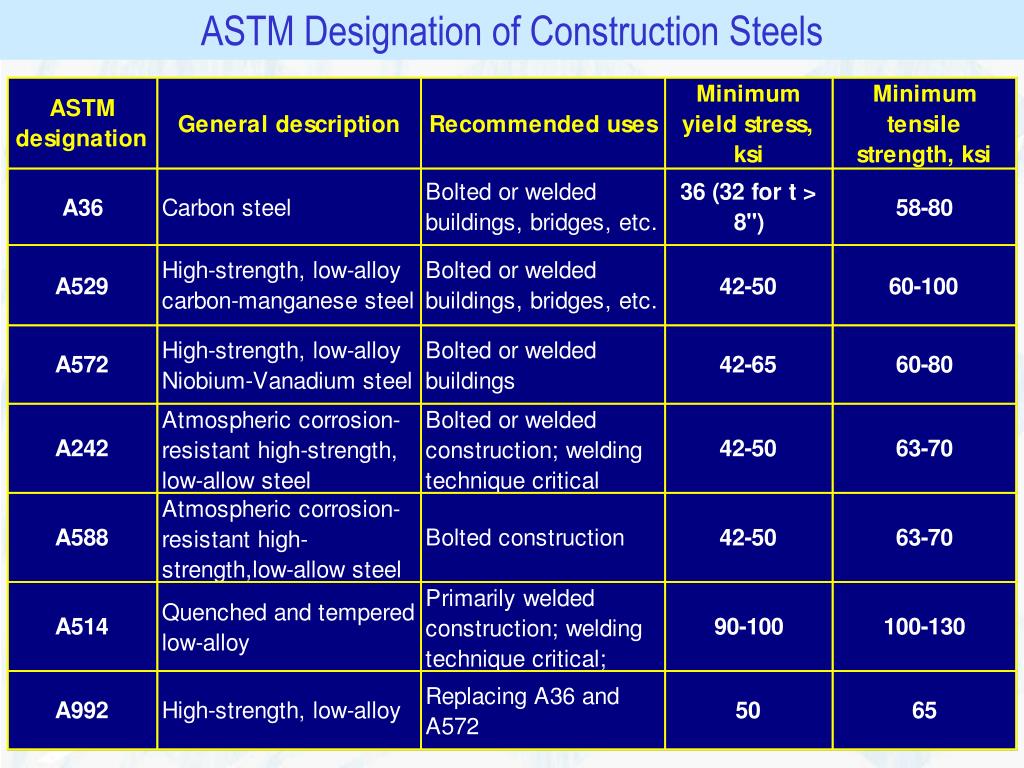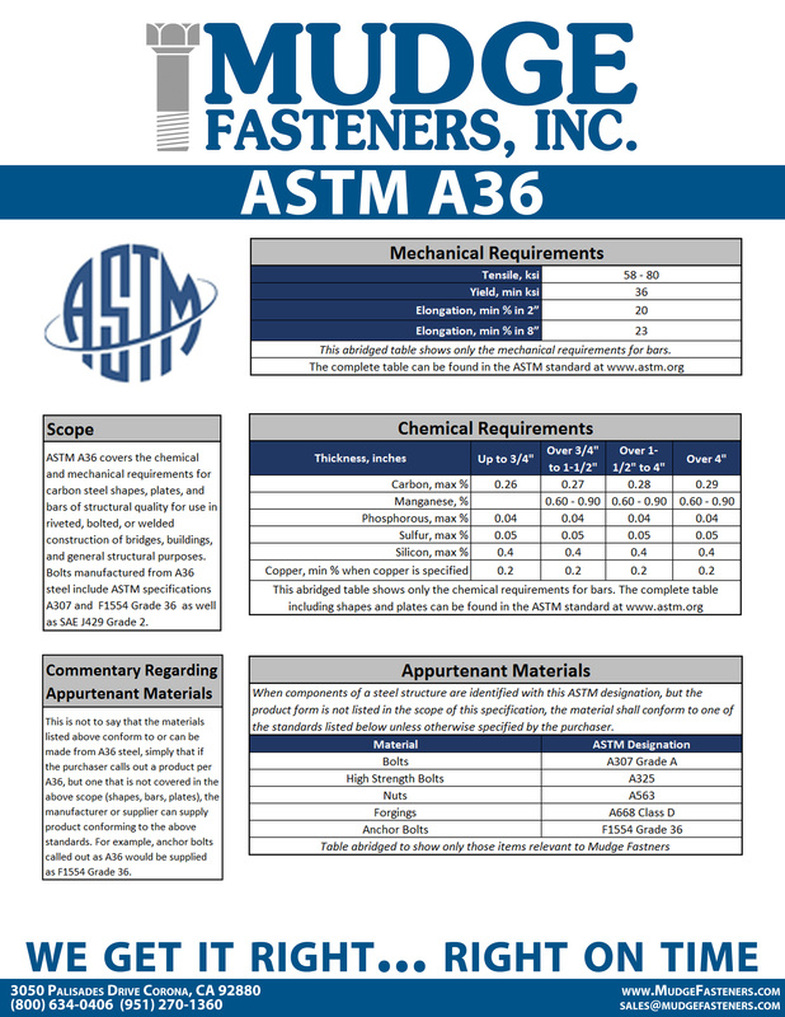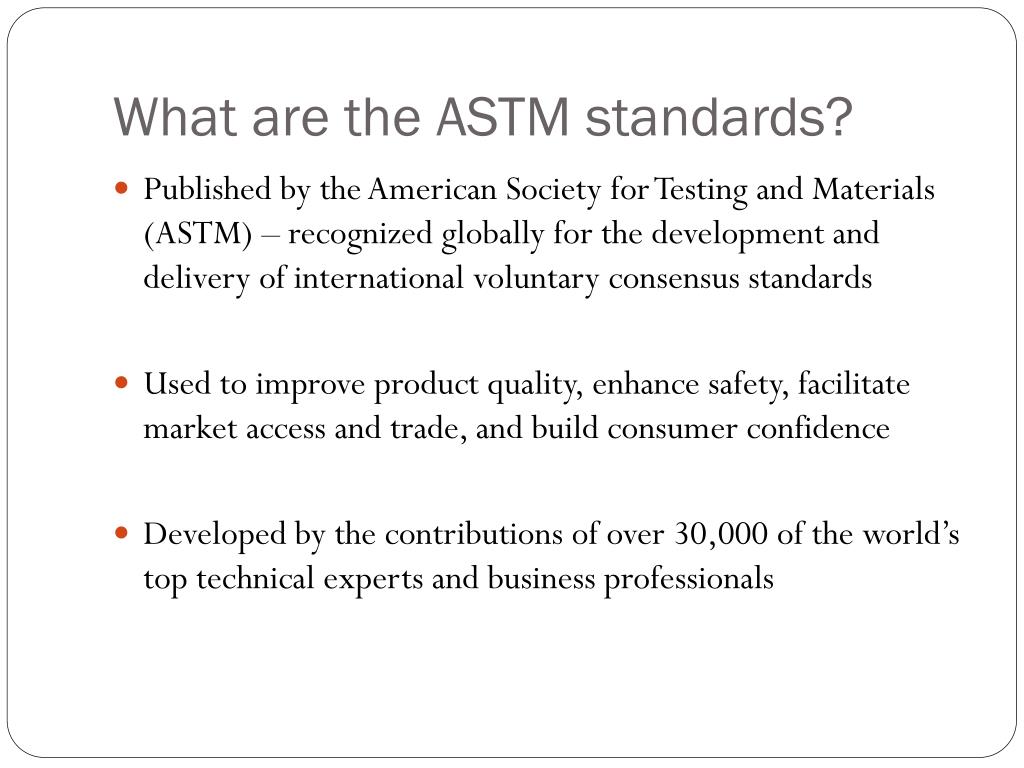Unraveling the Mystery of ASTM
In the construction industry, understanding industry-specific acronyms is crucial for effective communication and project execution. One such acronym that holds significant importance is ASTM. But what does ASTM stand for in construction? The American Society for Testing and Materials (ASTM) is a non-profit organization that plays a vital role in establishing standards for a wide range of materials, products, and services. ASTM’s presence is felt across various industries, including construction, where its standards have a profound impact on the quality and safety of construction projects. In the construction sector, ASTM standards serve as a benchmark for ensuring compliance, quality, and innovation. By grasping the significance of ASTM, construction professionals can better navigate the complexities of construction projects, ultimately leading to improved project outcomes.
How to Navigate ASTM Standards in Construction Projects
In the construction industry, ASTM standards play a vital role in ensuring quality and safety in construction projects. These standards provide a framework for construction professionals to follow, guaranteeing that materials, products, and services meet the required specifications. To effectively navigate and implement ASTM standards in construction projects, it is essential to understand their significance and application. Here are some tips to help construction professionals make the most of ASTM standards: Firstly, familiarize yourself with the relevant ASTM standards for your project, and ensure that all team members are aware of their roles and responsibilities in meeting these standards. Secondly, establish a quality control process to monitor compliance with ASTM standards throughout the project lifecycle. Finally, stay up-to-date with the latest ASTM standards and updates, and be prepared to adapt to changes in the industry. By following these tips, construction professionals can ensure that their projects meet the highest standards of quality and safety, ultimately leading to improved project outcomes.
The History and Evolution of ASTM
The American Society for Testing and Materials (ASTM) has a rich history that spans over a century. Founded in 1898, ASTM was established to address the lack of standards in the manufacturing industry. Initially, the organization focused on developing standards for steel, but soon expanded to cover a wide range of materials and products. Over the years, ASTM has played a significant role in shaping the construction industry, providing a framework for ensuring quality and safety in construction projects. One of the most notable milestones in ASTM’s history is the development of its first standard, A1-00, which specified the requirements for steel rails. This standard marked the beginning of ASTM’s journey towards establishing itself as a leading authority in the development of standards. Today, ASTM has over 12,000 standards, covering everything from construction materials to consumer products. The evolution of ASTM standards has had a profound impact on the construction industry, driving innovation and improvement in the quality of construction projects. By understanding the history and evolution of ASTM, construction professionals can appreciate the significance of ASTM standards in ensuring compliance, quality, and safety in construction projects.
ASTM’s Impact on Construction Materials and Testing
In the construction industry, the quality and performance of materials play a critical role in ensuring the safety and durability of buildings and infrastructure. ASTM (what does ASTM stand for in construction? The American Society for Testing and Materials) has been instrumental in developing standards for construction materials, testing, and inspection. ASTM standards provide a framework for manufacturers, suppliers, and contractors to follow, guaranteeing that materials meet the required specifications and performance criteria. The impact of ASTM on construction materials and testing is multifaceted. Firstly, ASTM standards ensure that materials are tested and evaluated according to uniform procedures, reducing the risk of defects and failures. Secondly, ASTM standards facilitate the development of new and innovative materials, driving progress in the construction industry. Finally, ASTM standards provide a common language and set of requirements for the industry, enabling effective communication and collaboration among stakeholders. By understanding the significance of ASTM in the development and testing of construction materials, construction professionals can appreciate the importance of adhering to ASTM standards in their projects.
Compliance and Certification: The Role of ASTM in Construction
In the construction industry, compliance and certification are crucial aspects of ensuring that projects meet regulatory requirements and industry standards. ASTM (what does ASTM stand for in construction? The American Society for Testing and Materials) plays a vital role in this process, providing a framework for compliance and certification. ASTM standards serve as a benchmark for evaluating the quality and performance of construction materials, products, and services. By adhering to ASTM standards, construction professionals can ensure that their projects meet the required specifications and regulations, reducing the risk of non-compliance and associated penalties. Moreover, ASTM certification provides a mark of excellence, demonstrating a commitment to quality and safety. In construction projects, ASTM certification can be a competitive advantage, instilling confidence in clients and stakeholders. Furthermore, ASTM’s role in compliance and certification extends beyond the construction site, influencing the development of building codes and regulations. By understanding the significance of ASTM in compliance and certification, construction professionals can appreciate the importance of integrating ASTM standards into their projects.
Real-World Applications of ASTM Standards in Construction
In the construction industry, ASTM standards are not just theoretical guidelines, but rather practical tools that are applied in real-world projects to ensure quality, safety, and performance. From building bridges to constructing high-rise buildings, ASTM standards play a critical role in shaping the built environment. For instance, in the construction of the Golden Gate Bridge in San Francisco, ASTM standards were used to specify the requirements for the steel used in the bridge’s iconic towers. Similarly, in the development of the Burj Khalifa, the world’s tallest building, ASTM standards were employed to ensure the quality and performance of the concrete used in the structure. By applying ASTM standards, construction professionals can ensure that their projects meet the required specifications, reducing the risk of defects, failures, and accidents. Moreover, ASTM standards facilitate collaboration and communication among stakeholders, enabling effective project management and delivery. By understanding the real-world applications of ASTM standards, construction professionals can appreciate the significance of integrating these standards into their projects, ultimately leading to better outcomes and improved industry practices. What does ASTM stand for in construction? The American Society for Testing and Materials, a organization that has been instrumental in shaping the construction industry through its standards and guidelines.
Staying Up-to-Date with ASTM Standards and Updates
In the rapidly evolving construction industry, staying current with ASTM standards and updates is crucial for ensuring compliance, quality, and safety. ASTM standards are constantly being revised and updated to reflect new technologies, materials, and industry best practices. To stay ahead of the curve, construction professionals must have access to reliable resources and strategies for implementing new standards. One effective way to stay up-to-date is to subscribe to ASTM’s online platform, which provides instant access to the latest standards, revisions, and updates. Additionally, attending industry conferences, workshops, and training sessions can provide valuable insights into emerging trends and innovations. Furthermore, collaborating with industry peers and experts can facilitate knowledge sharing and best practices. By staying current with ASTM standards and updates, construction professionals can ensure that their projects meet the required specifications, reducing the risk of non-compliance and associated penalties. What does ASTM stand for in construction? The American Society for Testing and Materials, a organization that has been instrumental in shaping the construction industry through its standards and guidelines. By prioritizing ASTM standards and updates, construction professionals can stay competitive, improve project outcomes, and contribute to the advancement of the industry.
The Future of ASTM in Construction: Trends and Innovations
The construction industry is undergoing a significant transformation, driven by technological advancements, sustainability concerns, and changing regulatory requirements. As the industry evolves, ASTM standards will play a crucial role in shaping the future of construction. Emerging trends, such as the increasing use of sustainable materials, the integration of Building Information Modelling (BIM) technology, and the growing importance of resilience and adaptability, will require ASTM standards to adapt and innovate. For instance, ASTM is already developing standards for the use of recycled materials in construction, which will help reduce waste and promote sustainability. Additionally, the organization is exploring the potential of artificial intelligence and machine learning in construction, which could revolutionize the way buildings are designed, constructed, and maintained. What does ASTM stand for in construction? The American Society for Testing and Materials, a organization that has been instrumental in shaping the construction industry through its standards and guidelines. As the industry continues to evolve, ASTM will remain at the forefront, driving innovation and ensuring that construction projects meet the highest standards of quality, safety, and performance. By staying ahead of the curve, construction professionals can leverage ASTM standards to stay competitive, improve project outcomes, and contribute to the advancement of the industry.








